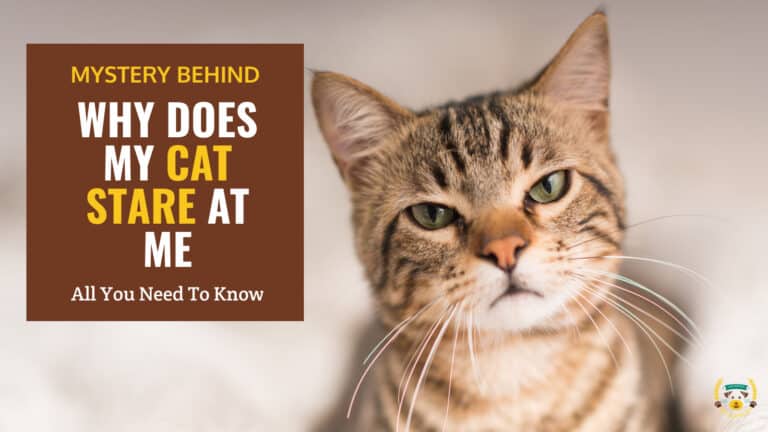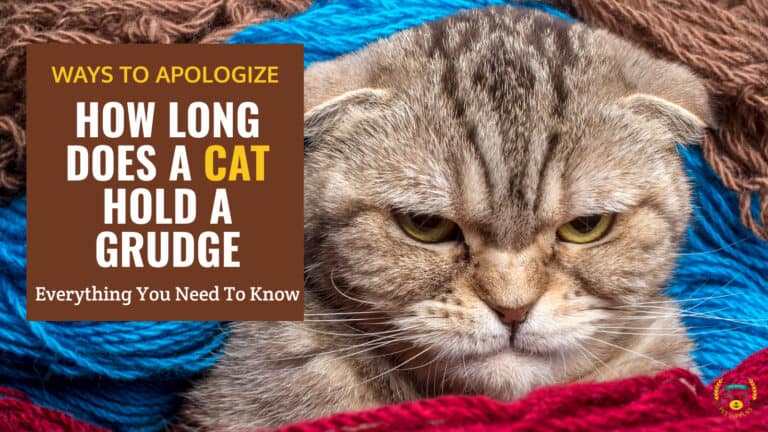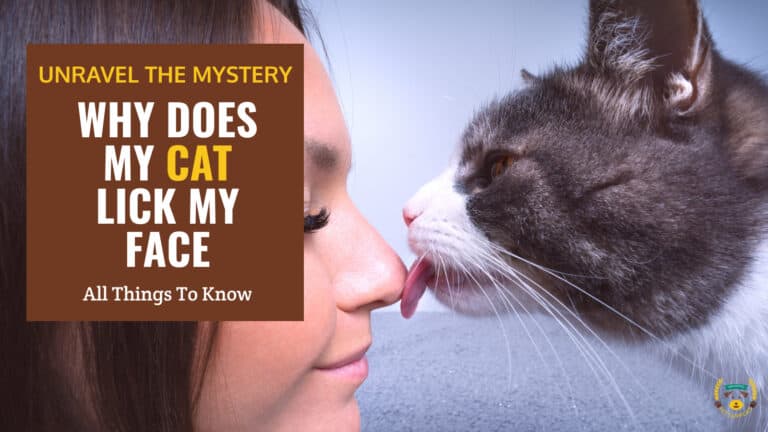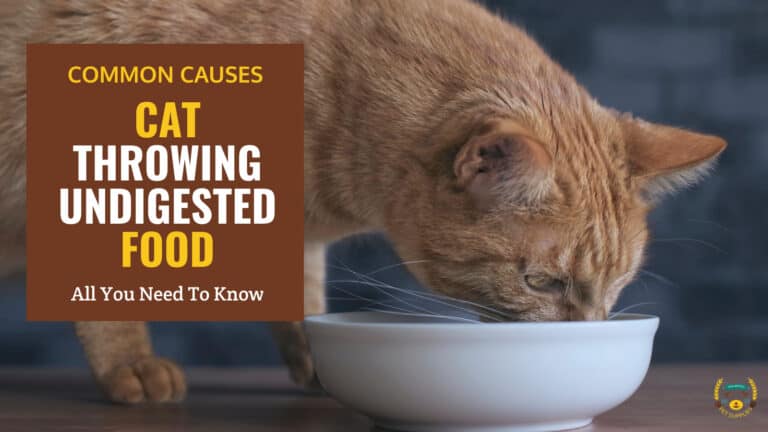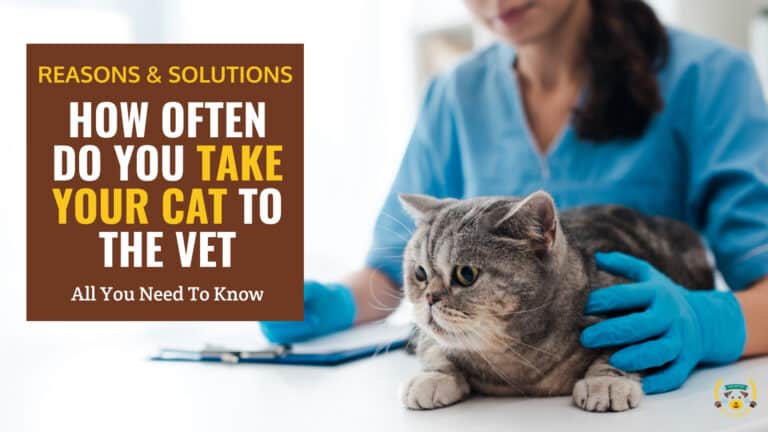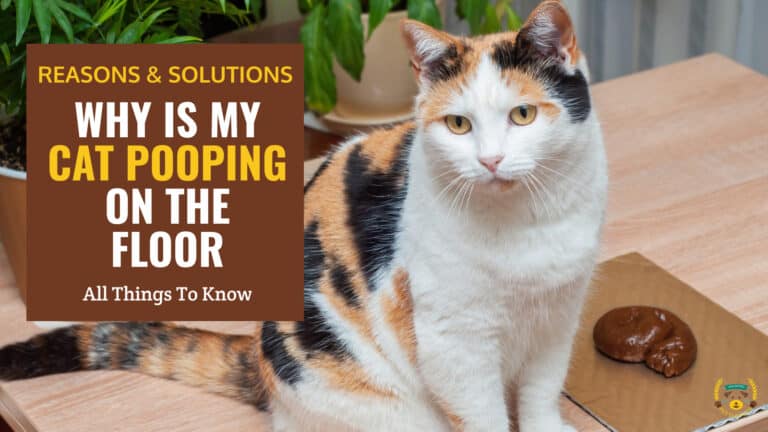How Many Kittens Can a Cat Have?
Last updated: January 13, 2024
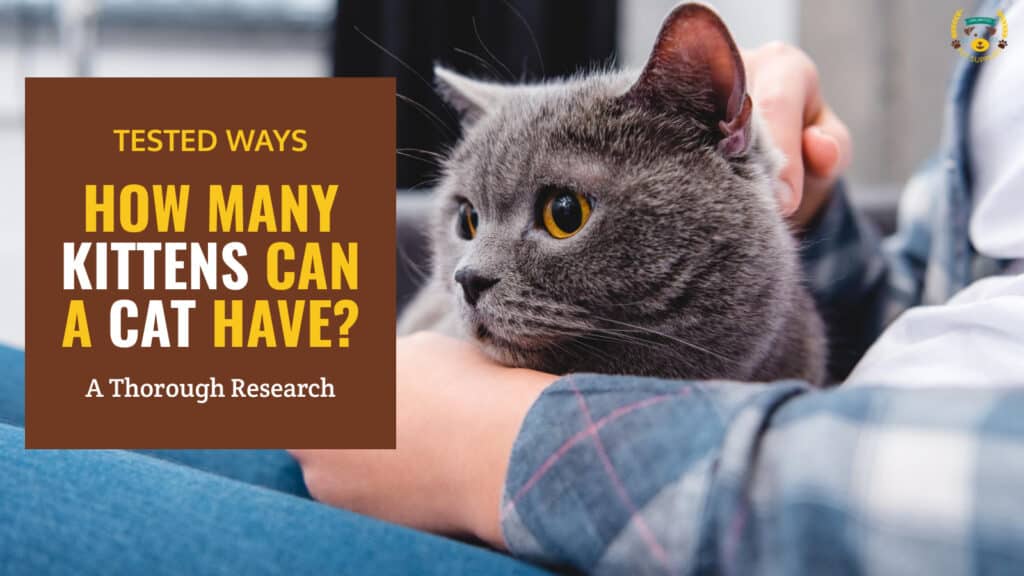
Summary
- Litter size typically 3-5 kittens but varies by breed (Maine Coon litters largest at 5-6)
- Many factors impact litter size like age, health, and mating season
- Determining litter size helps prevent complications in birth
- Rare twin/triplet cat births happen in 1 in 1000/9000 births
- A cat can have 100-200 kittens in lifetime given 3-5 per litter
- Spaying/neutering controls cat populations and prevents health issues
Do you love cats? Have you ever witnessed a cat's birth? What a lovely experience it is! The number of kittens a cat can have in one go is called "a cat's litter," which depends on the breed, age, and some more factors of your cat.
These adorable creatures love us unconditionally. They love to purr, play, and cuddle with us. So if you ever find a furry feeling right beside you, in your blanket, that's definitely your cat.
It is even said that a mother cat shows seven homes to her kids to get shelter. A cat can have many kittens in her lifetime, but not all survive. Darwin has already told us the reason: survival of the fittest.
If you want to know more about the cat's litter of kittens and its maternal life, read this article. We have done thorough research on this topic to produce this article.
How Many Kittens Can A Cat Have in a Litter?
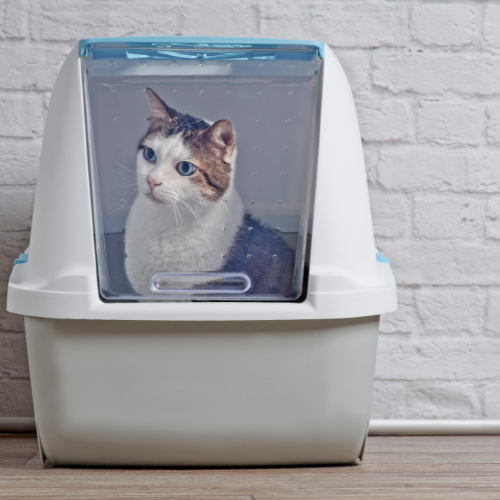
Most breeds can produce between three and five kittens per litter; however, there is no fixed figure for a cat's litter size yet.
A queen ( an unspayed cat) usually has 3 to 5 kittens in each pregnancy cycle. First-timers have relatively smaller litters of kittens than their other attempts.
These newborn kittens can be of different colors and features because the mother cat mated with different male cats during her heat cycle. My Siamese had a litter size of four kittens. She gave birth to eight kittens in almost 12 months.
Cats can have twin or triplet pregnancies, but that's rare compared to human births. There may be 33 in 1000 twin cat births and 1 in 9000 triplet births. These births in cats are generally called medical anomalies.
Check Also: Best Cat Litters for Multiple Cats
Factors That Determine A Cat's Litter
Vets have confirmed some factors which determine a cat's litter size. These speculations can fluctuate, but they usually work well. So let's get to know some of them.
Breed
This is the most accurate factor to determine a cat's litter size. Tammy Sadek, a vet based in Michigan and an expert in feline studies, has endorsed the idea that different cat breeds have a different number of kittens in each cycle. She further points out that Burmese or Siamese breeds tend to have larger litters. They may have 4, or in rare cases, 5, in a cycle. On the other hand, the punch-faced Persian breed of cats usually has one to three kittens in a litter.
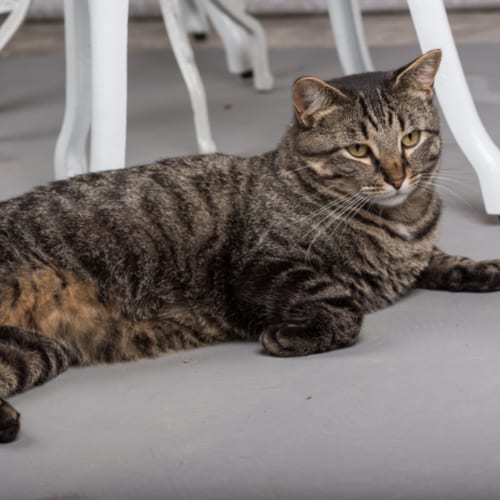
Another breed of Manx cats, well-known for being tailless, has one-fourth of stillborn kittens when they mate with another Manx male. The Manx is a unique breed. You can read more about them here.
A typical North American pedigree of cats, the Maine Coon is still topping the lists with the highest number of kittens in one go. The average litter size of this cat breed may have 5-6 babies at once.
Many cat breeds, like the ones mentioned here such as the Persian, Burmese and Maine Coon, have different characteristics that make them well-suited to different living spaces. When choosing a cat for an apartment, breeds optimized for compact spaces should be considered. Here are some of the best cat breeds for apartments.
Medical Fitness
A cat must be medically fit to have a healthy pregnancy and pedigree. In addition, she should have easier access to cat food and fresh water. Malnourished or infected cats tend to have kittens with low survival rates and smaller litter sizes.
Check Also: How to Care for A Pregnant Cat
For example, a cat infected with feline distemper (feline panleukopenia virus) or infectious peritonitis has a higher chance of giving birth to stillborn kittens. After the reduction of kittens, her litter might totally abort due to these contagious diseases. Tammy Sadek, the feline expert, adds that the infection is so severe that it may cause physical and mental developmental problems in newborn kittens.
Some queens have smaller litter sizes because of malnutrition. They do not have access to cat food and do not get the healthy diet necessary for a better mommy life.
Exposure
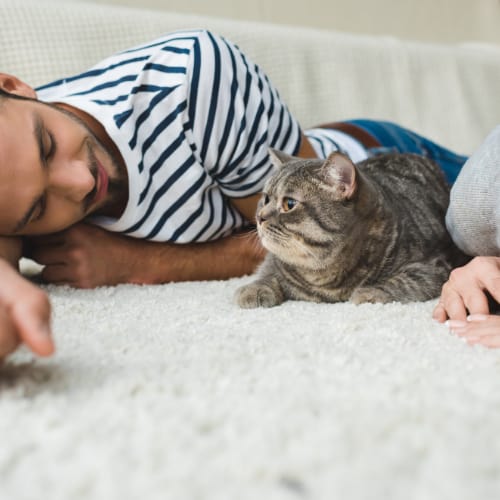
There is a unique feature in a cat's ovulation cycle—they are induced ovulators. Their reproductive maturity usually starts at the age of 4 to 6 years.
Cats can ovulate and release eggs whenever they get exposed to their males for mating. The multiple mating encounters and different fathers give the kittens a litter of different colors and breeds.
Age
Too young or too old cats usually have smaller litter sizes. So, for example, a queen giving birth for the first time will have fewer kittens than in her second or afterward breeding attempts. Similarly, old-age cat pregnancy may bring health risks or medical problems that directly influence the litter size.
Season
Your feline buddy is a seasonal breeder. Therefore, she gets in heat during some seasons of the year, which is when they mate and breed. For outsider cats, the breeding seasons are summer and spring, while cats in our homes can have different heating cycles due to artificial light and temperature.
Ways to Know Your Pregnant Cat's Litter Size
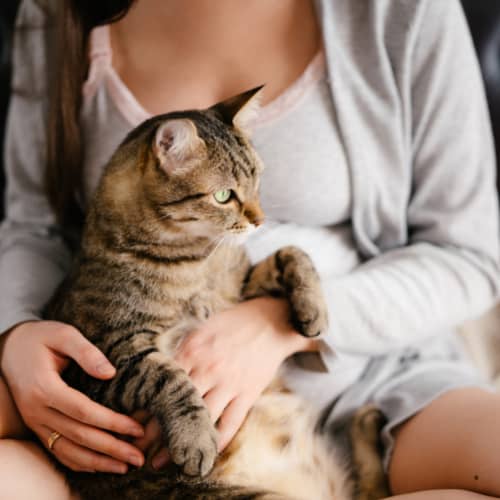
If you want to be sure of your cat's litter size and welcome the kittens wholeheartedly, there are some tried and tested ways.
Vet Visit
Your feline's vet has expertise in telling you the possible number of kittens. In addition, they can use the abdominal palpation method by pressing the pregnant cat's uterus gently to get an idea about the possible embryo sacs during the gestation period.
Ultrasounds/ X-Rays
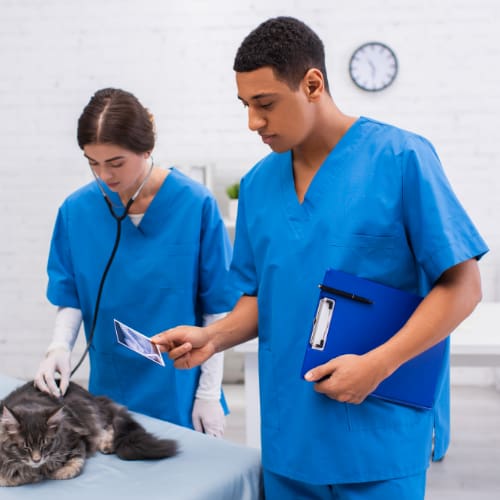
Ultrasound is another way to approximately tell the litter size. However, they can be inaccurate and can skip a kitten or two. So, to get an exact number of kittens, an X-ray is performed on a pregnant cat's body later in her gestation days.
Previous Litter Size
A cat's previous litter can also estimate the current litter size. Of course, nature can dodge us anytime, but a cat's previous pregnancies are one of the best ways to determine the number of kittens to expect.
Importance of Determining Your Cat's Litter Size
Knowing the litter size is vital to your feline's health. A cat owner should perform any of the above methods to estimate the number of their cat's babies. Uterine infection can occur if your cat fails to deliver one or more kittens. They may die in her womb and cause serious health problems for your feline.
Determining the litter size is crucial because you will figure out the size of the kittens to be delivered. A baby can be inappropriately large enough to be passed through the birth canal and might cause the mommy cat a life threat. So, to save your pet's life, a c-section may be required.
Another reason you should not skip estimating your cat's number of kittens is the potential inadequacy of the milk supply. Your cat might give birth to more kittens than the nipples on her body. This way, weaker or smaller kittens might get ignored by the mommy cat and die after not getting proper nourishment. So, if you had known the litter size, you might have prepared some supplements for the babies.
A Fun Fact or Simple Math
Have you ever calculated how many kittens your cat could have in her lifetime? Let's do basic math. The average age of a cat is 12–15 years. So, if she has 3-4 cycles per year and has 3-5 kittens per cycle, she will have 100-200 kittens in her lifetime. Gosh! That's a significant figure.
We should consider spaying or sterilizing our cats to keep them away from potential health hazards.
Conclusion
Guinness Book of World records showed us the largest cat litter numbered 19 kittens for a Burmese breed in the United Kingdom in 1970. But unfortunately, 4 of them were stillborn kittens. Two more great litter sizes were told to be 15 kittens each for the same breed in the US and Canada in 1976.
So, if you have just adopted a kitten and have plans to keep her for the rest of her life, you can enjoy becoming a pet grandparent of at least 100 kittens. That will be fun. On a serious note, pet parents must consider sterilizing their cats to help them stay well throughout their lives.

